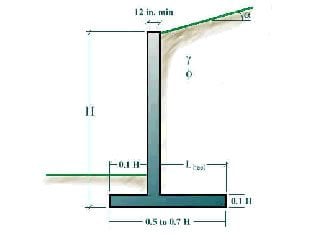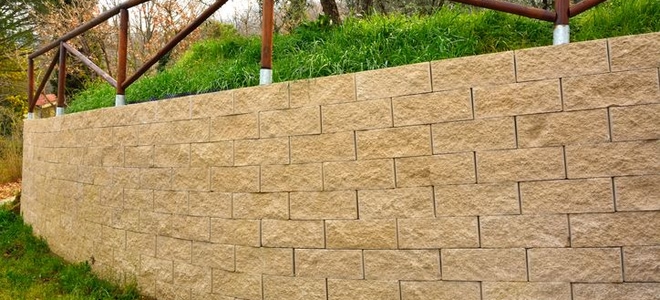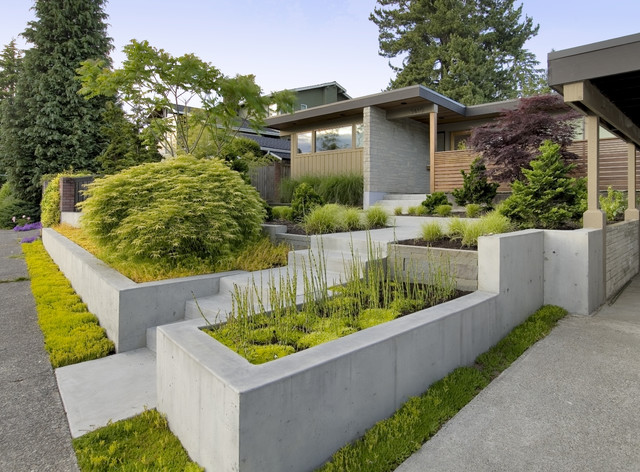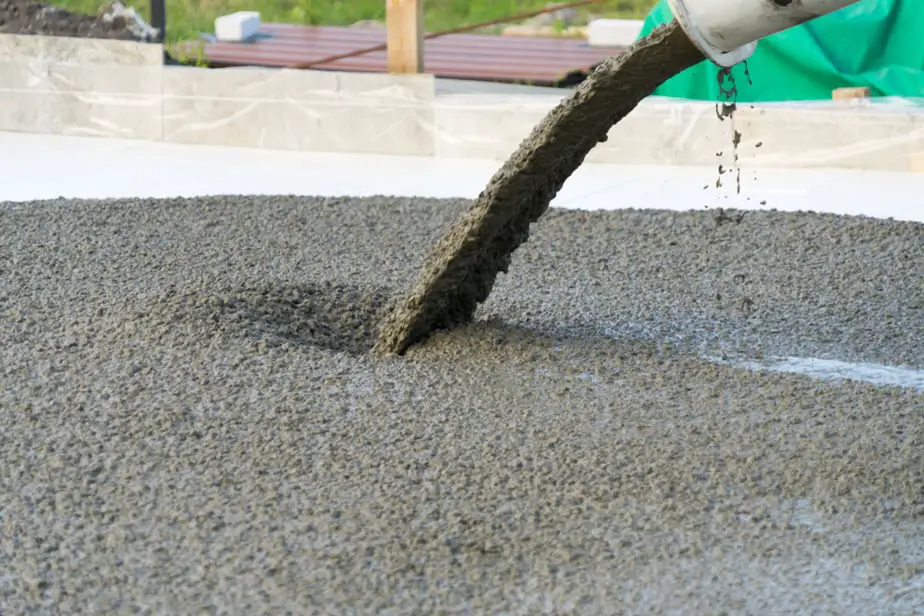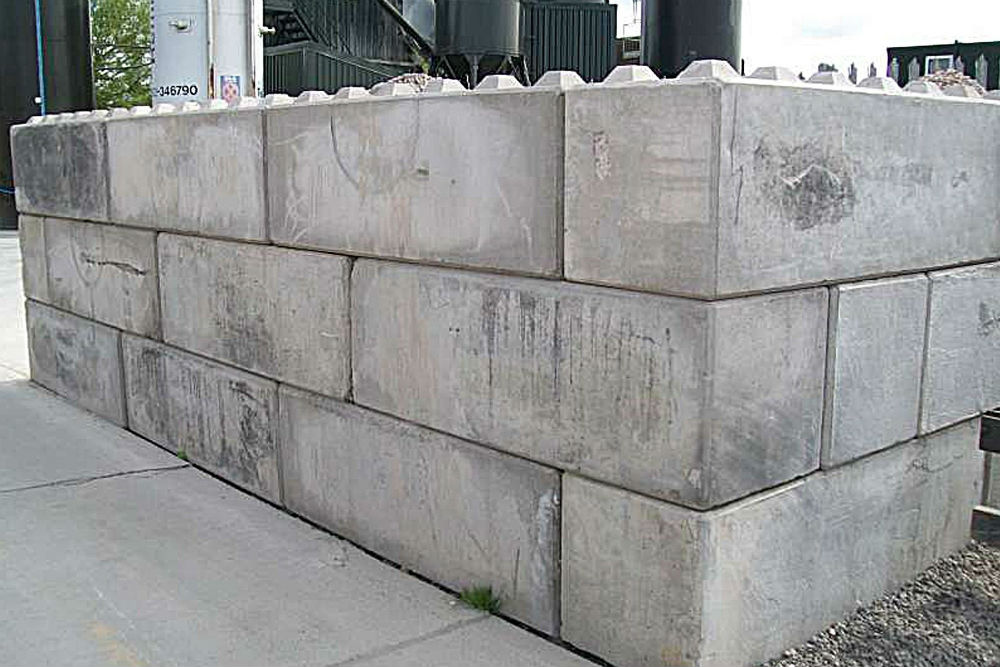How Thick Should A Poured Concrete Retaining Wall Be

In general the top of the stem of any cast concrete retaining wall should not be less than 12 inches for the proper placement of concrete.
How thick should a poured concrete retaining wall be. B short retaining walls vertical walls up to about 3m in height are usually built as shown in figure 1 b. Step 3 take the frostline into account. For example if you are pouring a retaining wall that will be 12 inches thick and will use wooden planks that are 1 1 2 inches thick for your forms you ll need to space the stakes about 15 inches apart 12 inches for the retaining wall plus two pieces of 1 1 2 inch thick wooden board. As soon as you go higher or have greater depths of soil pushing against the wall you need to increase the thickness to 10 inches.
In general poured concrete basement walls that are 8 feet tall or less and have no more than 7 feet of soil pressing against them from the outside function well at a thickness of 8 inches. Concrete retaining wall footing size. A poured concrete wall with rebar does not need to be thick to be strong. When a taller wall or a higher level of soil or both come into play the thickness should increase to 10 inches.
The footing should be at least as thick vertically as the wall s planned width. Poured concrete foundation walls that are less than 8 feet tall and have soil outside that is 6 or 7 feet deep against the wall can often be 8 inches thick and function quite well. Poured concrete walls can be tricky to install but look great with the architectural elements of a modern house. A poured concrete footing for concrete block or brick walls should be at least twice as wide as the planned wall.
As laag points out the wall needs a sufficient footer. This can add several inches to the wall s thickness dimensions and can vary depending on the severity of exposure soil type and reactivity etc. For walls up to 3ft 5 5 inches thick works fine.

